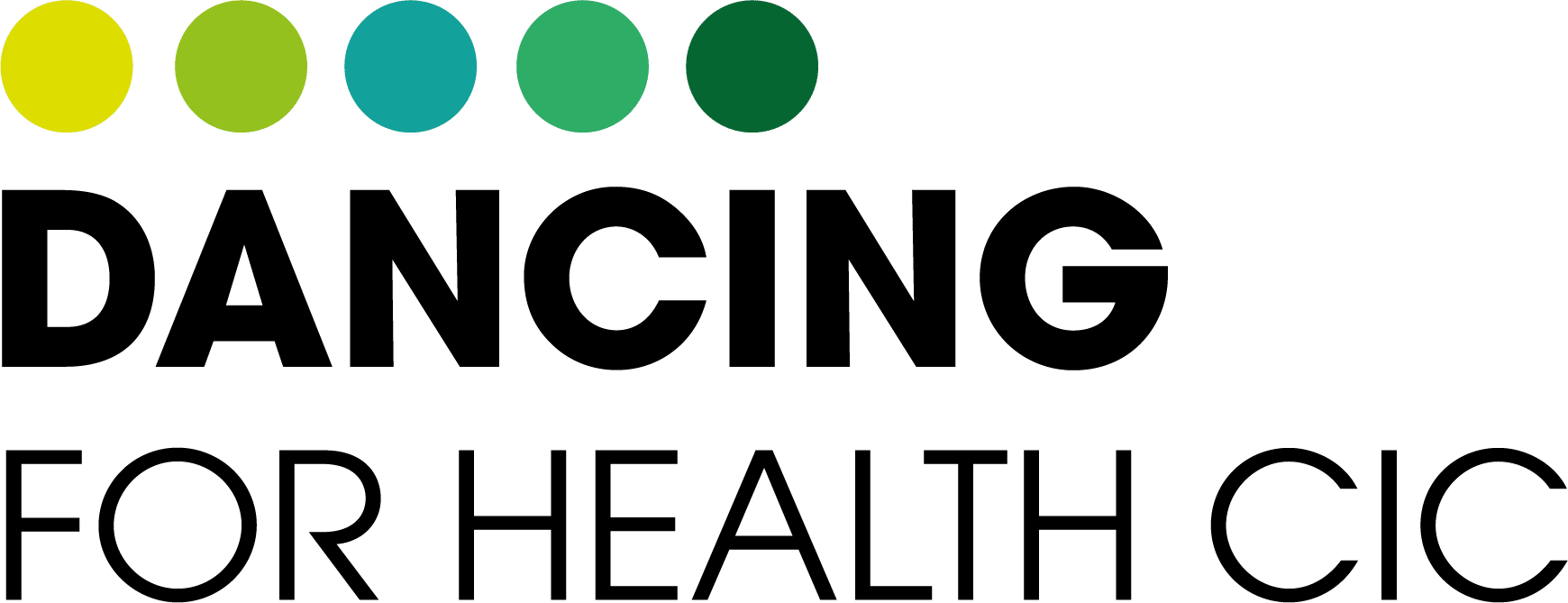Weston Park Cancer Hospital

Research Project - Providing partner dancing for people living with and beyond cancer treatment.
There is a shortage of physical activities suitable for people going through or recovering from cancer treatment. This evaluation project funded by Weston Park Cancer Charity assessed the impact of partner dancing on the participant’s health, physically, socially, emotionally and psychologically.
It was a 20week study that used quantitative and qualitative methods to assess impact and gather data. We used the Perceived Stress Scale (PSS), FACT-G questionnaire in our quantitative evaluation. Weekly feedback back forms and video interviews were used for the qualitative observations.
There is a shortage of physical activities suitable for people going through or recovering from cancer treatment. This evaluation project funded by Weston Park Cancer Charity assessed the impact of partner dancing on the participant’s health, physically, socially, emotionally and psychologically.
It was a 20week study that used quantitative and qualitative methods to assess impact and gather data. We used the Perceived Stress Scale (PSS), FACT-G questionnaire in our quantitative evaluation. Weekly feedback back forms and video interviews were used for the qualitative observations.
Overall the results demonstrated improvements on both measures for all participants of the study. Someh had a greater change than others but everyone demonstrated some improvement.
The Fact-G scores at the beginning had an average score of 61.9 and this average improved to 76.8 by the end of the programme. In the case of the PSS-10 the average pre-programme scores were 18.3 and the final scores were 12.5. Although participant numbers are small for calculating effect sizes these results translate into an effect size of 0.88 for the Fact-G and 1.02 for the PSS-10. These large effect sizes are very encouraging indicators of the success of the programme.
At the beginning of the programme the average feedback score was 15.6 and by the end of the programme this had improved to 18.5.
Example of a female cancer patient’s quantitative data results
The overall summary of her charts show the results of both her FACT-G and PSS demonstrate considerable improvement. Her FACT-G shows a progressive improvement overall of 67% and her PSS shows an overall reduction of her stress levels by 55%.

